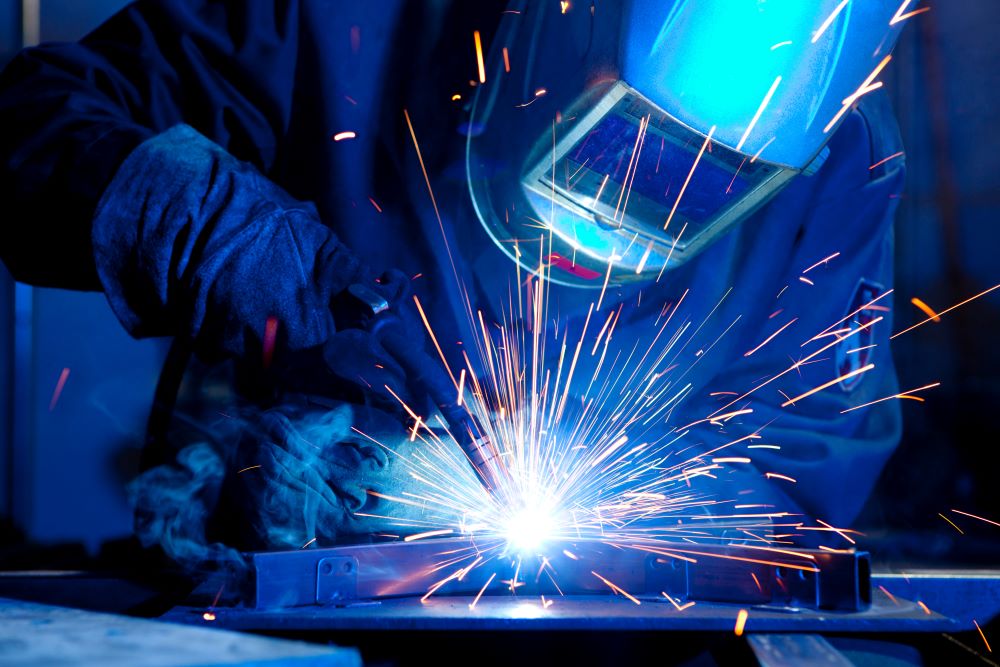Contents
Introduction
Welding, the process of joining materials together, is a fundamental aspect of construction, manufacturing, and various industries worldwide. Within the realm of welding, there exists a diverse array of techniques and equipment tailored to different needs. Central to this landscape are the various types of welders, each serving distinct purposes and applications. Let’s delve into the intricacies of these essential tools in the welding arena.
Understanding the Types of Welders
When navigating the world of welding, understanding the different types of welders is paramount. These tools can be broadly categorized based on their power source, welding process, and intended applications. From traditional arc welders to modern innovations like laser and ultrasonic welders, the options are diverse, catering to the specific demands of various projects and industries.

Arc Welders
Among the most traditional types of welders is the arc welder, which utilizes electricity to create an electric arc between the welding electrode and the base material. This arc generates the intense heat necessary to melt and fuse the metals together. Within the realm of arc welding, several techniques exist, including shielded metal arc welding (SMAW), gas metal arc welding (GMAW), and flux-cored arc welding (FCAW), each offering unique advantages and applications.
Gas Welders
Gas welding, often referred to as oxy-fuel welding, employs a combination of fuel gases and oxygen to produce a flame that melts the metal surfaces to be joined. This method is commonly used for welding non-ferrous metals such as aluminum, copper, and brass. Gas welding equipment includes oxy-acetylene torches, which provide precise control over the welding process and are favored for their versatility and portability.
Resistance Welders
In the realm of industrial welding, resistance welding stands out as a highly efficient and cost-effective method. This technique relies on the principle of electrical resistance to generate heat at the welding point, creating a bond between the materials. Spot welding, seam welding, and projection welding are common variations of resistance welding, each offering unique advantages for specific applications such as automotive manufacturing, appliance assembly, and construction.
TIG Welders
Tungsten inert gas (TIG) welding, also known as gas tungsten arc welding (GTAW), is renowned for its precision and versatility. This method utilizes a non-consumable tungsten electrode and an inert gas, typically argon, to create the welding arc. TIG welding is favored for its ability to produce high-quality welds on a variety of metals, including stainless steel, aluminum, and titanium. Its precise control over heat input makes it suitable for intricate welding tasks and applications in industries such as aerospace and nuclear.
MIG Welders
Metal inert gas (MIG) welding, or gas metal arc welding (GMAW), is a popular choice for its speed and ease of use. In MIG welding, a continuous solid wire electrode is fed through a welding gun, along with a shielding gas, typically a mixture of argon and carbon dioxide. This process produces clean, efficient welds suitable for a wide range of materials and thicknesses. MIG welding finds widespread use in automotive, fabrication, and construction industries due to its versatility and productivity.
Plasma Welders
Plasma welding harnesses the power of ionized gas to generate a concentrated arc capable of melting metal with precision and efficiency. This method offers exceptional control over the welding process, making it ideal for applications requiring intricate welds and minimal distortion. Plasma welders are commonly used in industries such as aerospace, electronics, and medical device manufacturing, where precision and quality are paramount.
Conclusion
In the vast and dynamic arena of welding, the diverse array of welder types caters to a multitude of applications and industries. Whether it’s the rugged reliability of arc welders, the precision of TIG welding, or the efficiency of MIG welding, each type offers unique advantages and capabilities. By understanding the nuances of these welding techniques, professionals can select the most suitable tools for their projects, ensuring optimal results and efficiency in the welding process. As technology continues to advance, the landscape of welding will undoubtedly evolve, but the fundamental importance of choosing the right type of welder remains unchanged.



